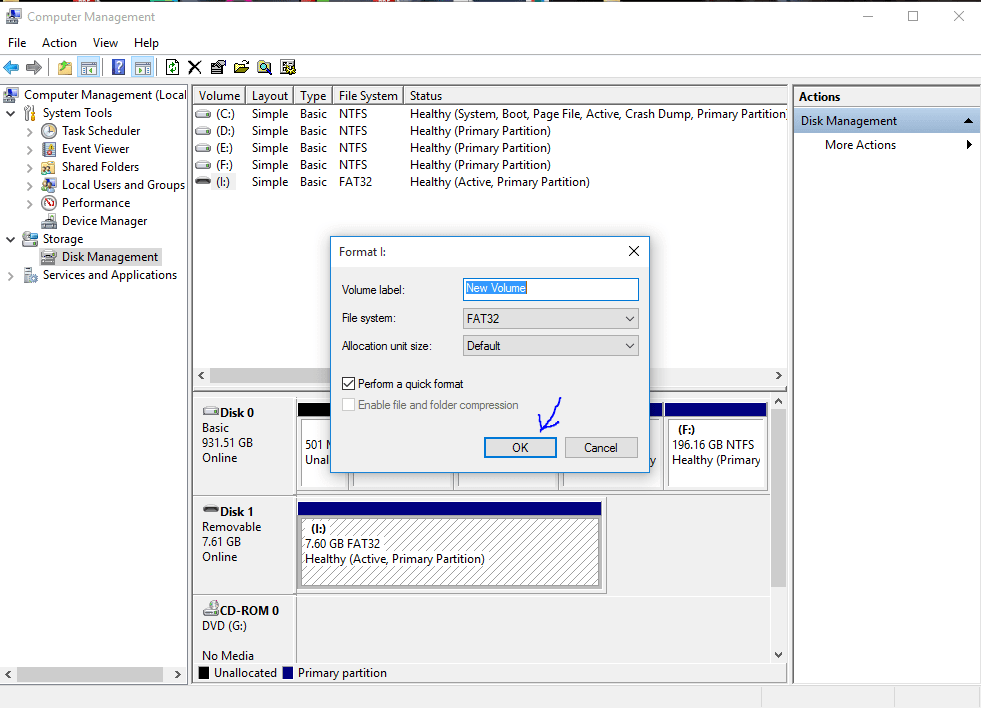

Meanwhile, macOS can only read NTFS drives, and you would need to install third-party software to write back to the drive. Every major operating system will allow you to read and write from a USB flash drive that's formatted to FAT32. Of those three common formats, FAT32 is the oldest and most widely supported. Some of the most common file system formats for portable storage devices are FAT32, NTFS, and ExFAT. What's a file system?Ī file system is a standardized way of organizing data on a computer storage device like a flash drive or HDD.Ī file system divides a storage device into virtual compartments, almost like a wall of post office boxes, and keeps track of all the information that gets stored in each box. In this article we'll go over what a file system is, the FAT32 standard, and several ways to format a storage device to FAT32 on Windows 10.

If you need to switch your drive to a different filesystem, follow the instructions on our guide Changing the USB Filesystem.If you need to format a USB flash drive, HDD, SDD, or some other form of storage to FAT32, you've come to the right place. The filesystem is displayed in the dialog that pops up:.Right-click on the drive in question, and choose Properties from the resulting menu:.Make sure the drive is connected to your PC and shows up under My Computer or This PC:.To identify the filesystem used by a drive is fairly straightforward: While NTFS is almost always the filesystem uses for local drives (notably the main C:\ drive for the Windows installation), USB disks and external hard drives can be formatted in FAT32, NTFS, or even exFat. The two primary filesystems in use in the Windows world are FAT32 and NTFS. There are a number of different formats that can be used, depending on the purpose and platform – for example, Windows PCs use one format while Macs and iPhones use another. While when you browse the contents of a disk, CD, or USB, you see files and folders, that information must be encoded into a sequence of zeros and ones in order to be stored on a physical disk.

This guide will show you how to identify the current filesystem used by your device. Many guides for creating a bootable USB, such as those used to run PC recovery software or to update the system BIOS or install Windows require that the USB stick to be used is first formatted as FAT32.


 0 kommentar(er)
0 kommentar(er)
